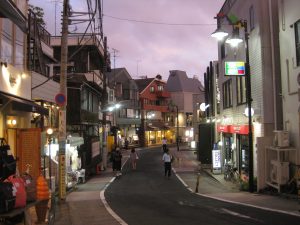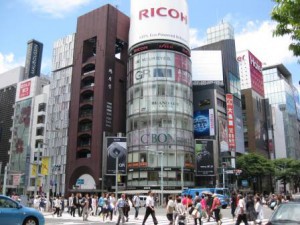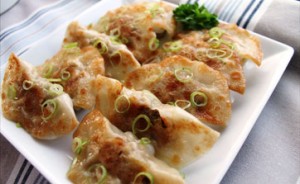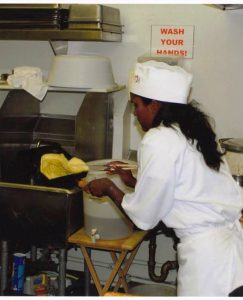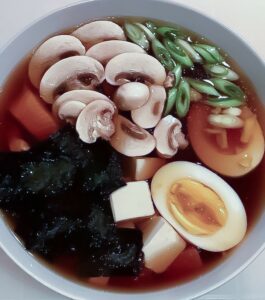
The chilly days of winter call for warming dishes that can take the chill away. A perfect solution is a bowl of Japanese noodle soup, a tasty and nutritious way to fight the winter cold.
The Japanese noodle soup, also known as ‘ramen’, is not only popular in Japan, but also very popular worldwide. It consists of a delicious combination of noodles, stock, proteins and vegetables, all served in a steaming hot bowl. This traditional dish is not only a culinary experience, but also a soothing cure for winter fatigue.
The key to an authentic Japanese noodle soup is the stock, which is made with Japanese ingredients step by step from scratch. The warm base not only warms the body, but its complex flavor profile elevates the whole dish.
The noodles used in Japanese noodle soups vary according to the types of noodle soups being made. Combined with proteins, tasty vegetables and proteins, they create a taste experience that will make you forget about the winter cold outside.
On the Japanese noodle soups course for beginners, you learn step by step how to make tasty soups that suit the changeable weather.
_
Zoë has held sushi courses and cooking classes for A. P. Moller – Maersk, Hugo Boss Nordic, Novo Nordisk, Novartis, Velux, Gorrissen Federspiel, Beierholm revision, Elbek & Vejrup and many more.


